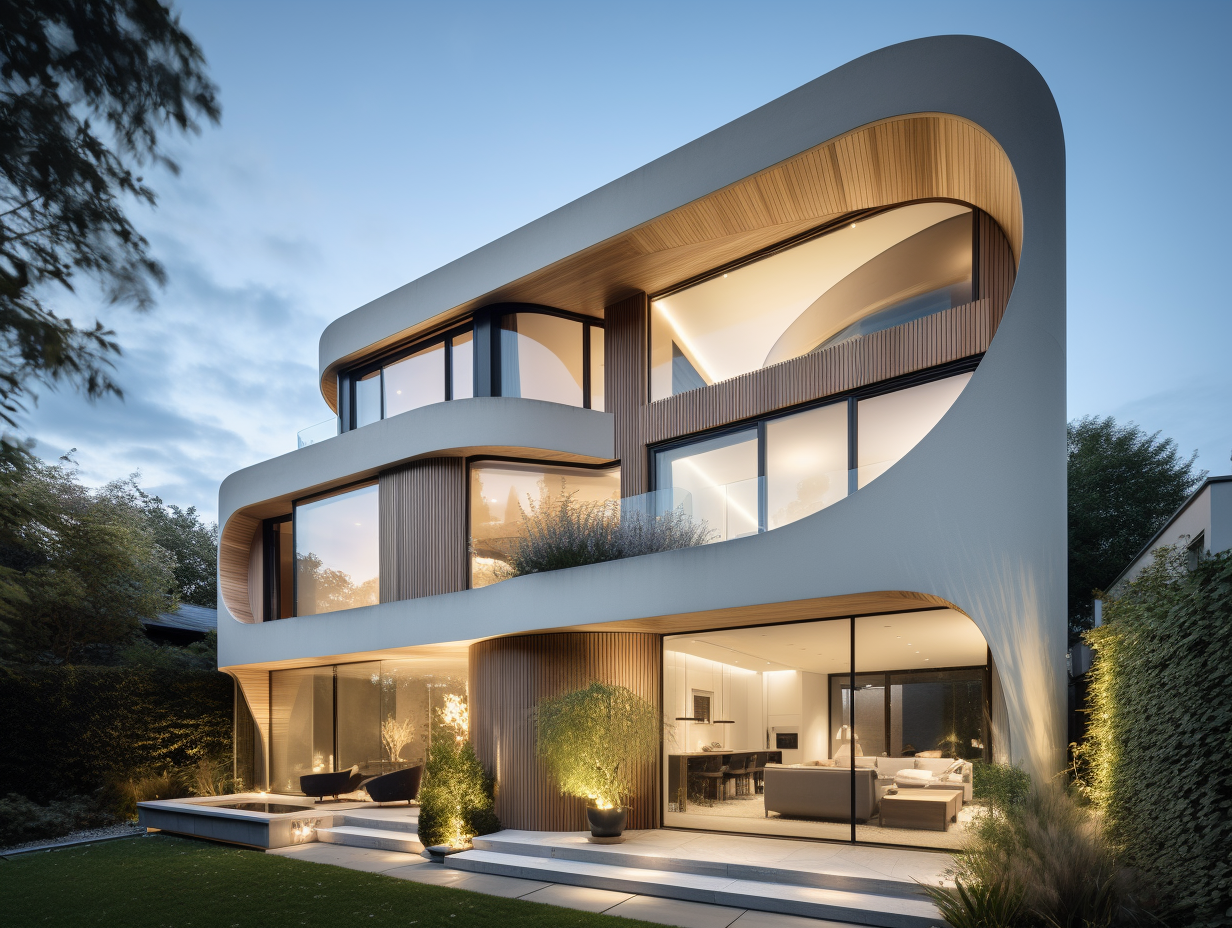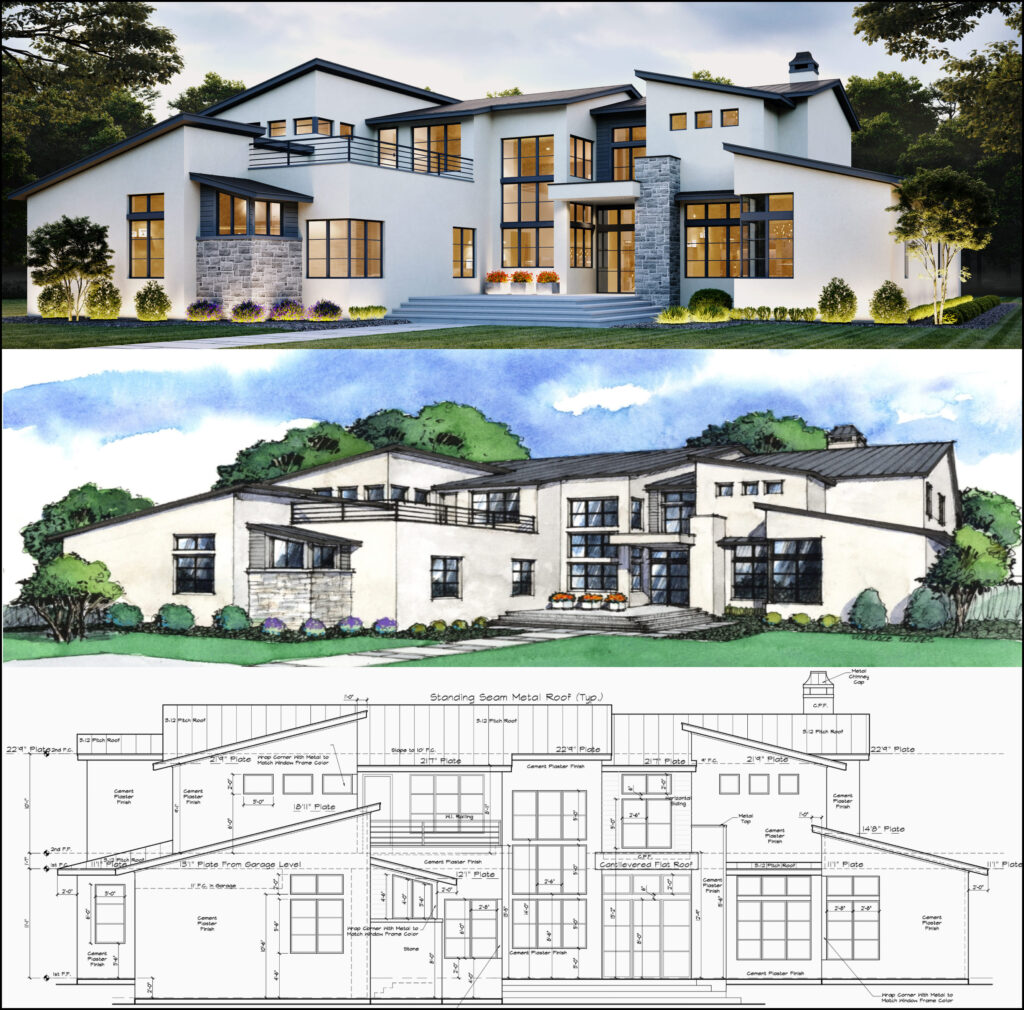Transforming Areas: The Vision of CDA Architects for Modern Living
Transforming Areas: The Vision of CDA Architects for Modern Living
Blog Article
A Comprehensive Introduction of Building Styles and Their Impact on Modern City Planning and Advancement
Building styles have long served as a mirror to the social worths and technological innovations of their time, playing an essential role in forming contemporary city preparation and development. From the grandeur of Neoclassicism to the practical technique of Brutalism, each style has actually introduced one-of-a-kind principles that influence urban aesthetics and capability.
Historic Overview of Architectural Styles

As societies transitioned via the Center Ages, Gothic design emerged, identified by its verticality and complex outlining, matching the spiritual goals of the period. The Renaissance marked a resurgence of timeless suitables, merging art and style in cutting-edge manner ins which influenced succeeding styles across Europe.

Today, architectural designs remain to advance, driven by globalization and sustainability worries, mirroring a vibrant interplay in between heritage and development. This historic introduction highlights the significance of design as a mirror of social evolution and as a driver for metropolitan growth.
Trick Architectural Styles Explained
The diversity of architectural designs shows the myriad impacts that form our built environment, each personifying distinct attributes and social values. Key architectural styles include Classical, Gothic, Baroque, Innovation, and Postmodernism, each standing for unique historical contexts and aesthetic philosophies.
Timeless design, rooted in old Greece and Rome, highlights proportion, percentage, and using columns (cda architects). In contrast, Gothic style, flourishing between Ages, is characterized by pointed arches, ribbed vaults, and flying buttresses, creating a spiritual top quality in basilicas. Baroque design, arising in the 17th century, is marked by magnificence, sophisticated decoration, and a dynamic interplay of light and darkness
Modernism, which acquired momentum in the early 20th century, prioritizes function over form, making use of brand-new materials like steel and glass to create minimal frameworks. Postmodernism, responding against the austerity of Modernism, embraces eclecticism and historic referral, typically incorporating playful elements and irony.

Influence On Urban Preparation
In shaping the growth of cities, architectural designs considerably affect urban preparation decisions. The choice of architectural design commonly dictates the looks, functionality, and total personality of urban settings. Innovation, with its focus on minimalism and functionality, motivates open rooms and the integration of innovation, forming city layouts that focus on efficiency and ease of access. Alternatively, traditional styles may highlight historic preservation, causing city designs you can try here that maintain cultural heritage and promote pedestrian-friendly atmospheres.
Additionally, architectural styles can impact zoning policies and land utilize policies. Urban coordinators have to take into consideration the dominating building fads when making areas, making certain that new growths integrate with existing frameworks. This factor to consider promotes cohesive metropolitan landscapes and improves community identification.
The execution of specific architectural designs can likewise influence socioeconomic variables within a city. For instance, premium modern designs may attract affluent residents and companies, resulting in gentrification, while extra inexpensive housing solutions may focus on functional and sustainable designs to suit diverse populations. Ultimately, the interaction between building styles and metropolitan planning develops dynamic cities that reflect both historic context and contemporary requirements, forming the lived experiences of their occupants
Sustainability and Modern Style
Architectural styles play a critical role in addressing modern challenges, especially in the realm of sustainability. As city areas increase and environmental worries magnify, modern-day architecture significantly welcomes sustainable layout principles that prioritize power efficiency, resource preservation, and marginal environmental influence.
Contemporary architectural activities, such as biophilic style and environment-friendly architecture, advocate for frameworks that integrate with their surroundings, using all-natural products and promoting biodiversity. These styles usually integrate renewable resource sources, such as photovoltaic panels and wind generators, to lower dependence on fossil gas and lower carbon footprints.
Additionally, the assimilation of advanced technologies, such as wise structure systems, improves energy administration, enhancing source use while making certain occupant comfort. Innovative water administration approaches, consisting of rain harvesting and greywater recycling, more contribute to sustainable urban environments.
Notably, sustainability extends past ecological issues; it incorporates social and financial measurements. By cultivating neighborhood wellness and advertising inclusivity, modern-day architectural styles straighten with lasting growth objectives. As a result, the development of architectural techniques remains to form resistant cities that not just satisfy the why not try this out needs of the here and now but additionally safeguard the future for generations ahead.
Area Interaction in Style
Area involvement in style functions as an important bridge between engineers and the populaces they serve, making sure that the developed environment mirrors the requirements and goals of its customers. view it This collective process welcomes area participants to add their understandings and preferences, fostering a feeling of ownership and duty towards the areas they inhabit.
Reliable community involvement utilizes numerous methods, such as workshops, studies, and public discussion forums, to gather varied perspectives. These strategies help with a two-way discussion, allowing designers to understand neighborhood contexts while empowering citizens to articulate their concerns and wishes. This inclusivity not only improves the layout top quality but additionally promotes social equity by resolving the distinct difficulties encountered by marginalized groups.
In addition, community interaction can lead to ingenious remedies that might not emerge in a typical design procedure. By integrating regional expertise and social values, designers can produce rooms that reverberate more deeply with individuals, improving use and sustainability. Ultimately, prioritizing community interaction in style processes causes atmospheres that support social communications, assistance health, and reinforce community connections, thereby playing a critical function fit modern-day city landscapes.
Verdict
Building designs have actually profoundly influenced modern city planning and development, reflecting developing cultural and technological contexts. The integration of historic aesthetic appeals with modern requirements cultivates city settings that focus on sustainability and area interaction. As cities proceed to expand and adapt, the ongoing dialogue between architectural heritage and contemporary layout principles will certainly continue to be essential in creating comprehensive, dynamic areas that improve lifestyle and promote social equity. The future of city growth depend upon this harmonious equilibrium.
Report this page